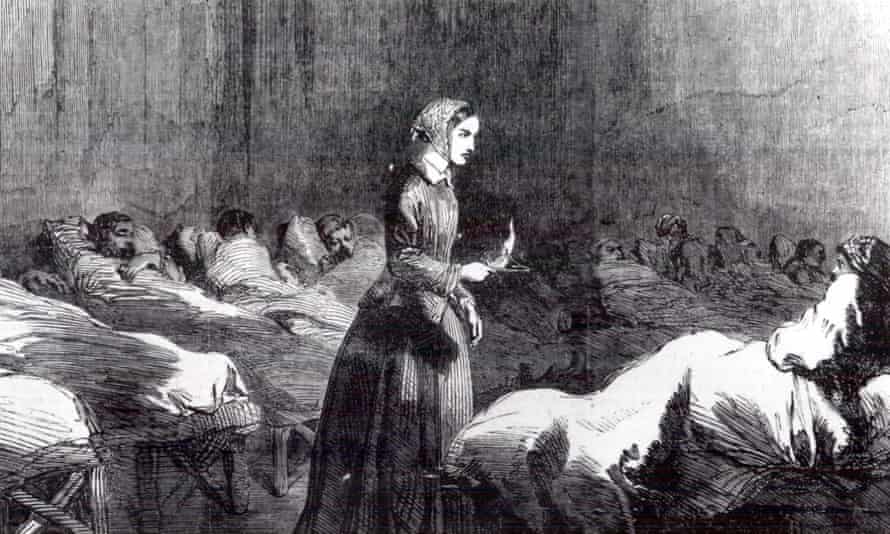The OGS/Ontario Ancestors Conference, this year a virtual event, starts on Monday 1 June and runs through Sunday 7 June. For more details and to register, visit: https://ogs.on.ca/ontario-ancestors-2020-virtual-conference.
Canada has lavished at least C$13.8 billion per year in public financing on oil and gas projects since signing on to the Paris climate agreement, making it the fossil industry’s highest per capita source of public finance in the G20
AncestryExtra
AncestryExtra
#AncestryExtra webinars are taking a short pause on their regular biweekly sessions. Expect more webinars in the future. If you want to view some of the previous episodes find them at https://www.facebook.com/pg/AncestryCA/videos/?ref=page_internal
Bruce Cockburn 75th
It hardly seems possible that advocate for a more just and peaceful world, and for a healthy environment, best known for Lovers in a Dangerous Time has just marked his 75th birthday.
Virtual Genealogy Drop-In
A reminder about the Ottawa Branch OGS weekly drop-in, every Tuesday 14:00 - 15:00.
Share research strategies & discover what resources are available for your research. Volunteers from The Ontario Genealogical Society, Ken McKinlay, Gloria Tubman and a supporting cast will answer questions & help you get the most from on-line resources.
Join the meeting via Google Meet with this link: https://meet.google.com/nvz-kftj-dax
On Tuesday, 2 June at 10 pm Paul Milner will discuss the original, published and internet sources available for tracing your “upper crust” ancestors, those who are titled and/or owned land. This is part of the Legacy Family Tree Webinars Down Under series.
Thanks to this week's contributors: Anonymous, Brenda T, Bruce, Btyclk, Carolyn Lumsden, Celia Lewis, David Hook, E. Gail Benjafield, Kyla Ubbink, Mike More, reflective thoughts by barbara, Ruafoodie, Sharon Allen, Sophronia, Teresa, Unknown, Wendy Croome























